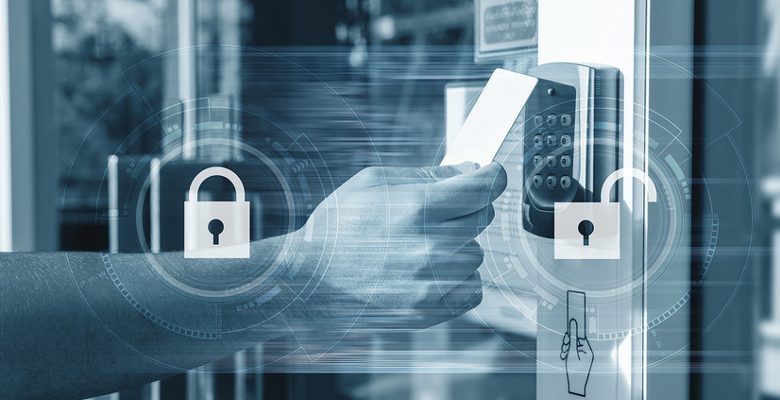The Access Control System

Access Control System Improved accessibility
Awareness about universal accessibility has become a fundamental element in today’s society. It is increasingly common to find access Control systems Improved accessibility for people with reduced mobility in shopping centers, office buildings, airports, train and bus stations and even in communities of owners.
Just because a building is accessible to everyone does not mean that it only has to focus on the needs of PRMs (people with reduced mobility); an accessible building has to make life easier for each and every one of its users.
Horizontal property laws and accessibility
The new laws on horizontal property, which are those that directly affect neighborhood communities, establish that it is mandatory to carry out works that allow and facilitate full accessibility for all users in order to eliminate any type of architectural barrier; Furthermore, this law is clear in this regard since it is not necessary to reach an agreement in order to carry out the necessary works to adapt the facilities.
According to the laws of the neighborhood communities, it is mandatory to carry out works and works that guarantee both the correct maintenance of the building and of the common areas and its basic services, among which three essential requirements stand out:
- Security. The structure and design of the building must guarantee the safety of its inhabitants when they use the facilities. In addition, it is necessary to have fire extinguishers and properly marked emergency doors to be able to evacuate the building in the event of a fire.
- Habitability. Residential buildings have to comply with current sustainability criteria, being necessary that they well insulated from the outside to avoid temperature exchanges between the outside and the inside, which could significantly increase energy consumption and reduce the quality of life of their population.
- Functionality. The spaces must be able to using by all people, regardless of their physical condition, so that the common elements have to install respecting the distances that guarantee the necessary maneuverability of their inhabitants.
Works necessary to guarantee accessibility:
- Access ramps to the building or to any common area. Access Control System Improved accessibility.
- Installation of accessible, visible and well-marked push buttons both in elevators and at the exit of the community or building.
- Installation of motion sensors that activate the lights in the area in question by detecting the presence of an individual. This measure, in addition to helping people with mobility problems, will serve to save energy, thus helping the environment.
- Widening the passage width of the doors so that people who need to use crutches, wheelchairs or baby carriages are not prevented from accessing the facilities.
- Railings and handrails that facilitate the subject and security of the individual.
- Installation of elevators with automatic sliding doors (not folding) that have acoustic signals, Braille reading or visual warnings for people with visual or hearing impairments.
- Installation of automatic doors both at the entrance of the building and at the entrances to other common areas.
Automatic Installation of doors in owners’ associations
The automatic doors are design to suit any architectural style and any use of buildings and therefore also residential. Automatic doors in residential buildings are a great help for the elderly, PRM, carriers of shopping bags, luggage or baby carriages, and even for workers who have to access material to carry out works or repairs.
Thanks to the automatic opening and the multiple combinations of The Access Control System, users will enter and exit comfortably without the need for help and without having to make extra effort.
The installation of automatic doors in communities can bring great advantages
- Energy saving. Automatic doors can save large amounts of energy as they remain open only if they detect the passage of people, avoiding temperature losses inside the building and ensuring the tightness of the facilities. In addition, the portal has more natural lighting thanks to the transparency of the door, so that electricity consumption and polluting gas emissions will be lower.
- Universal Accessibility. Thanks to its automatic opening, entry is easier for all people, especially PRMs.
- Security. The door is never left open, avoiding intruders. In addition, other systems can be added to reinforce security, such as facial or finger detection (biometrics), card access or security cameras.




